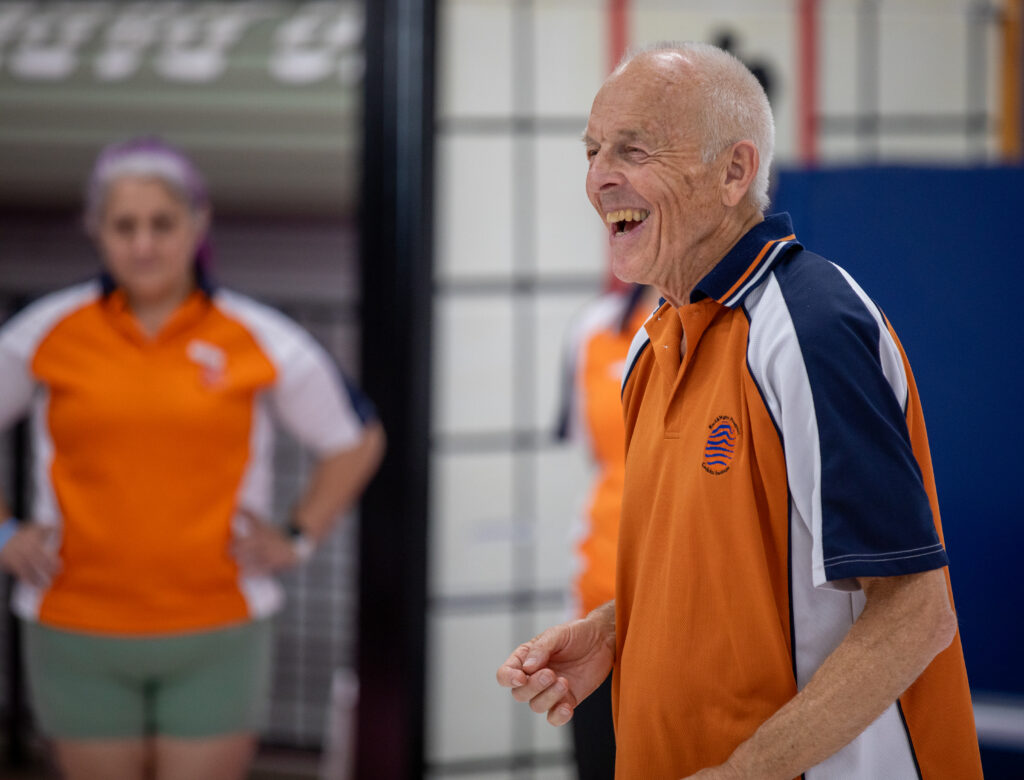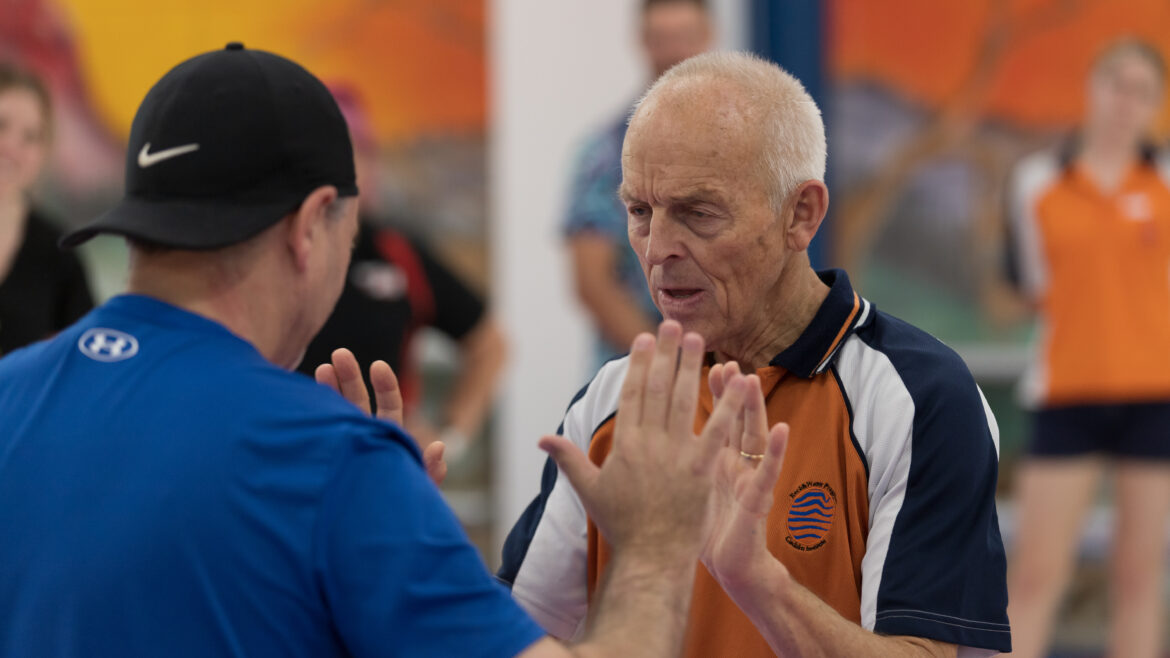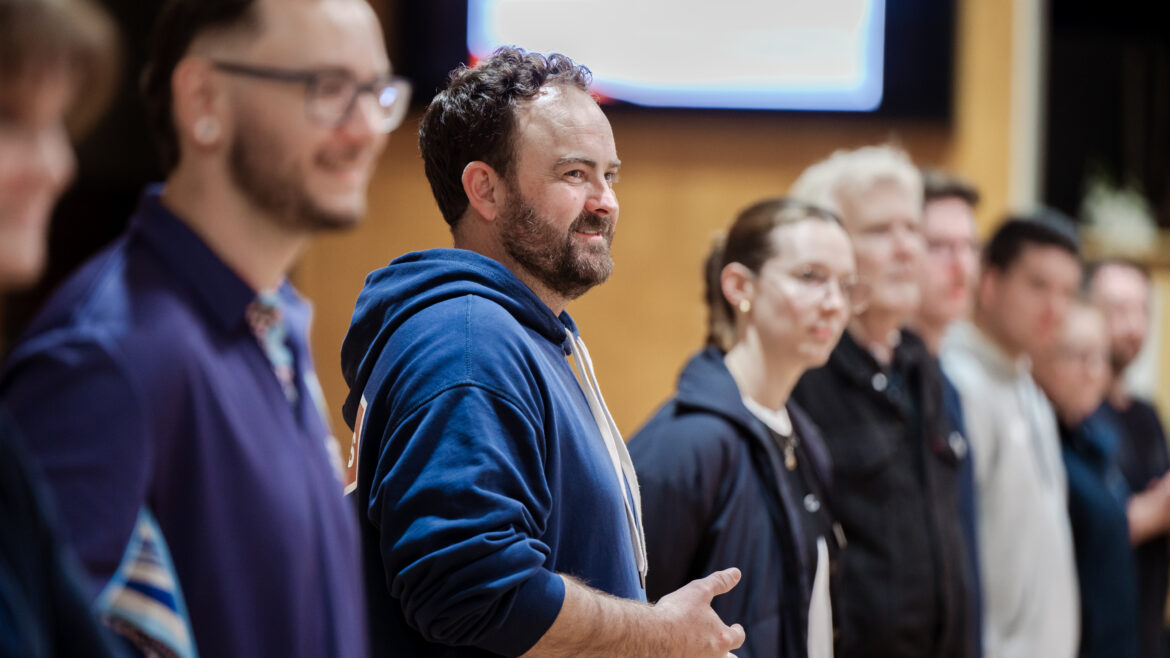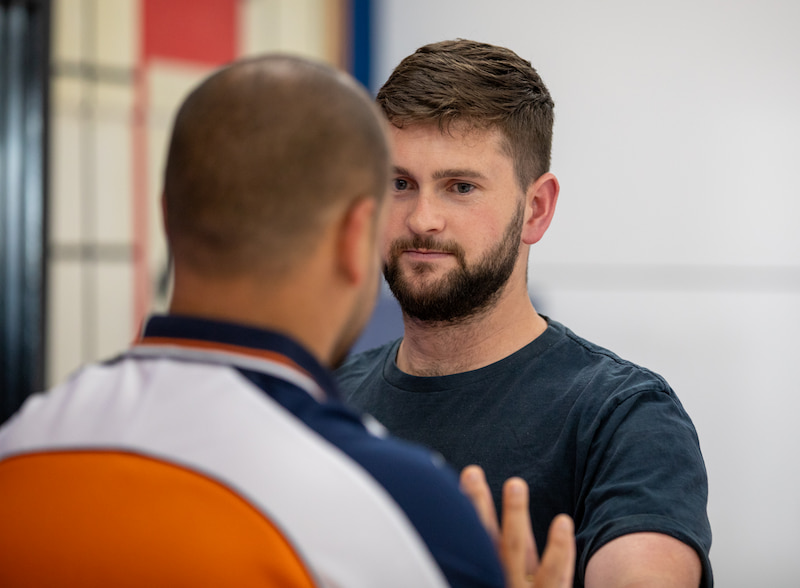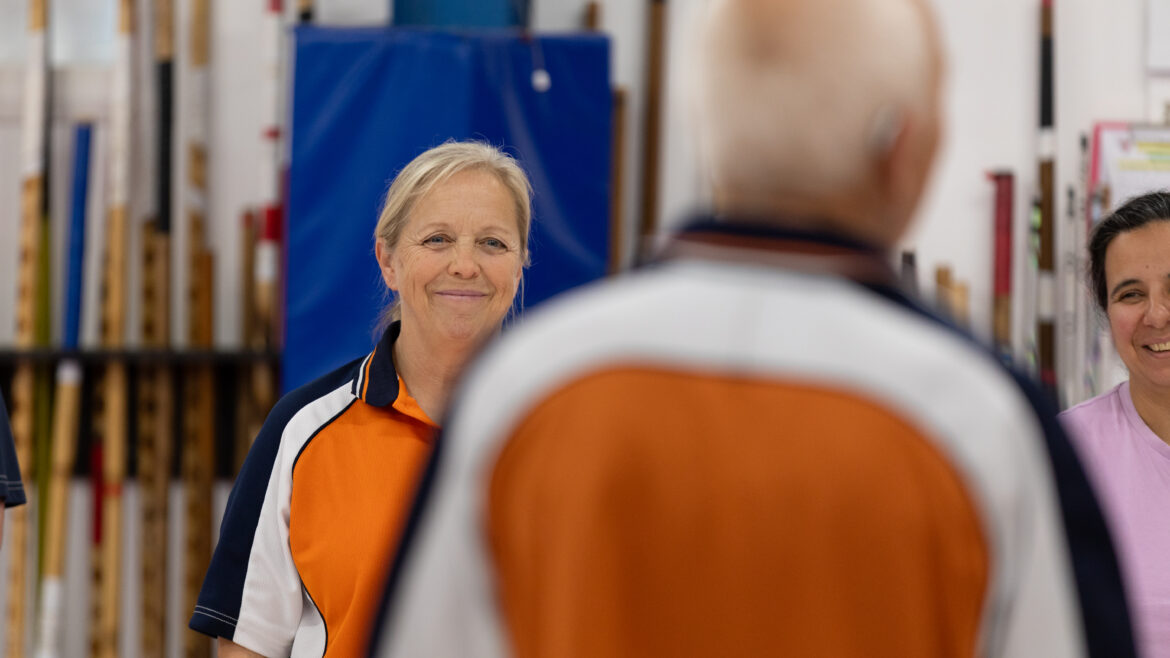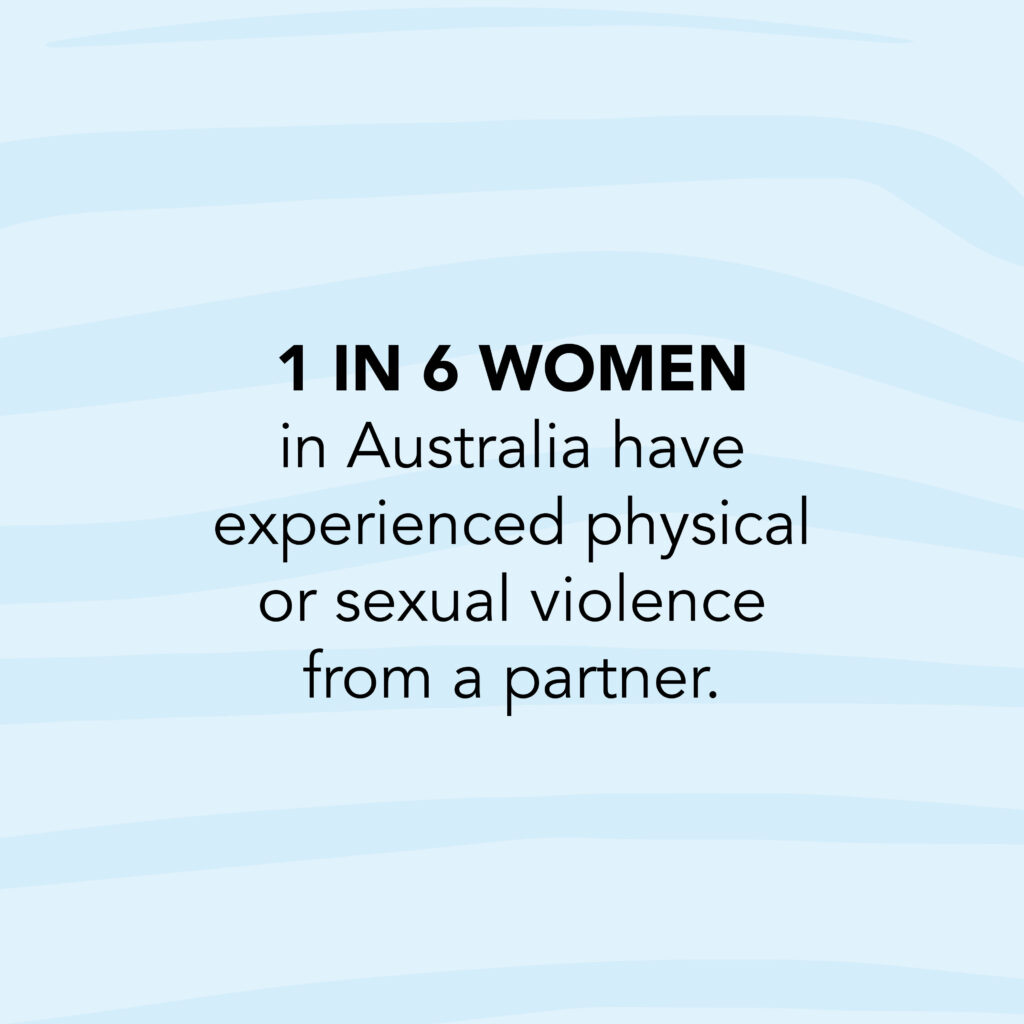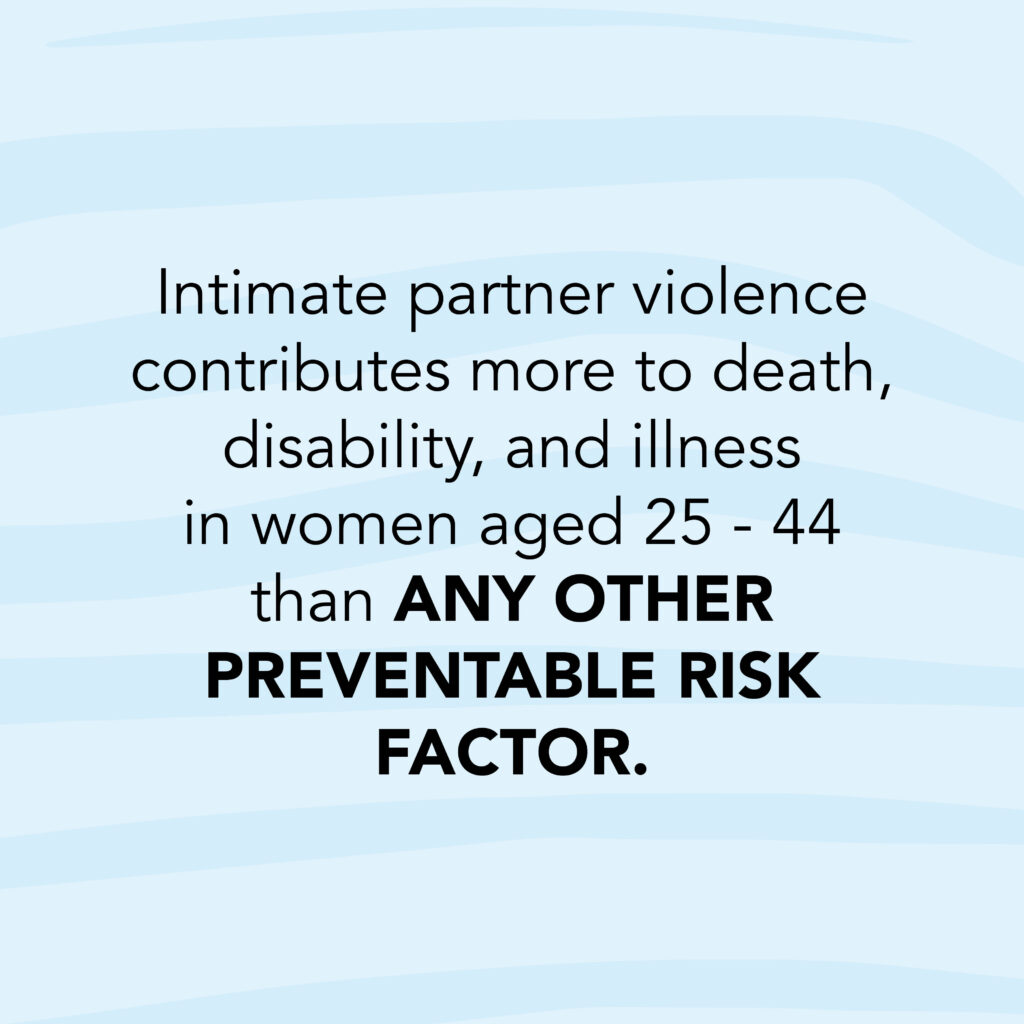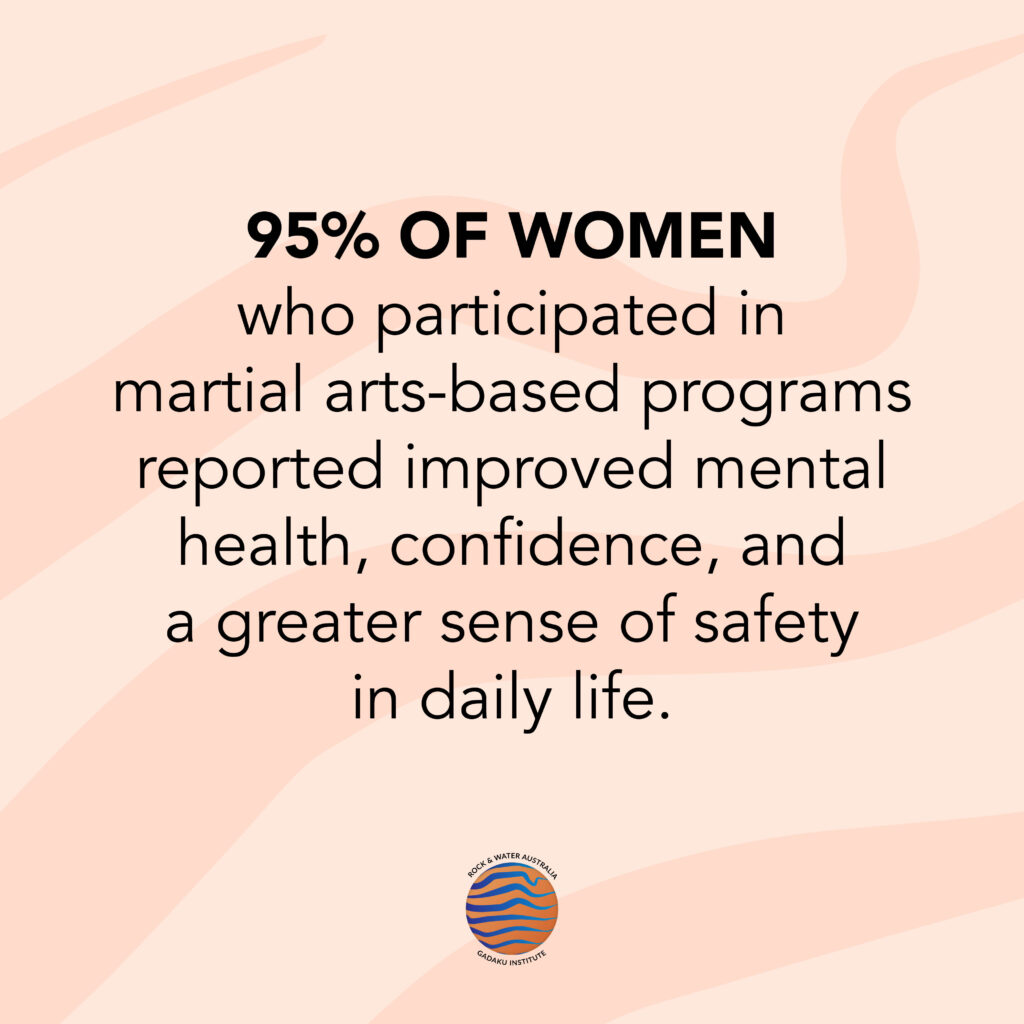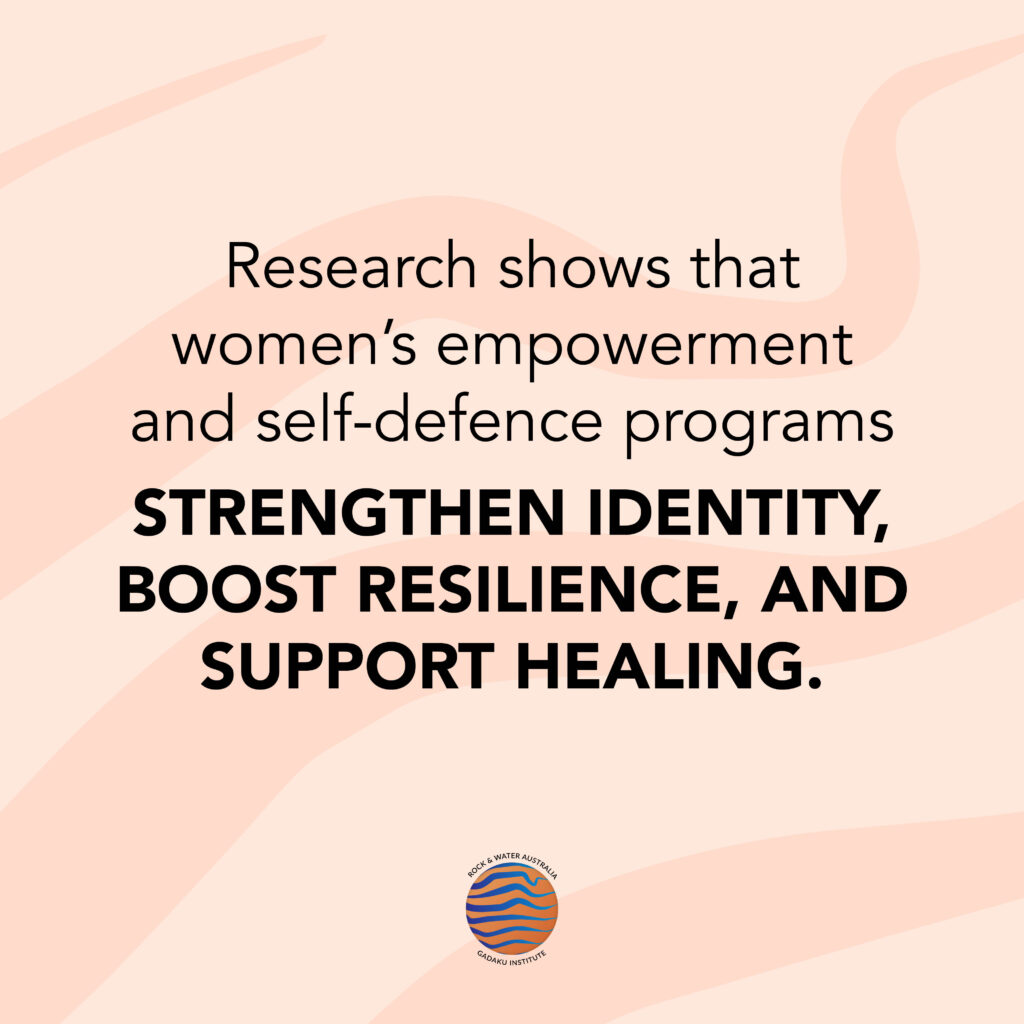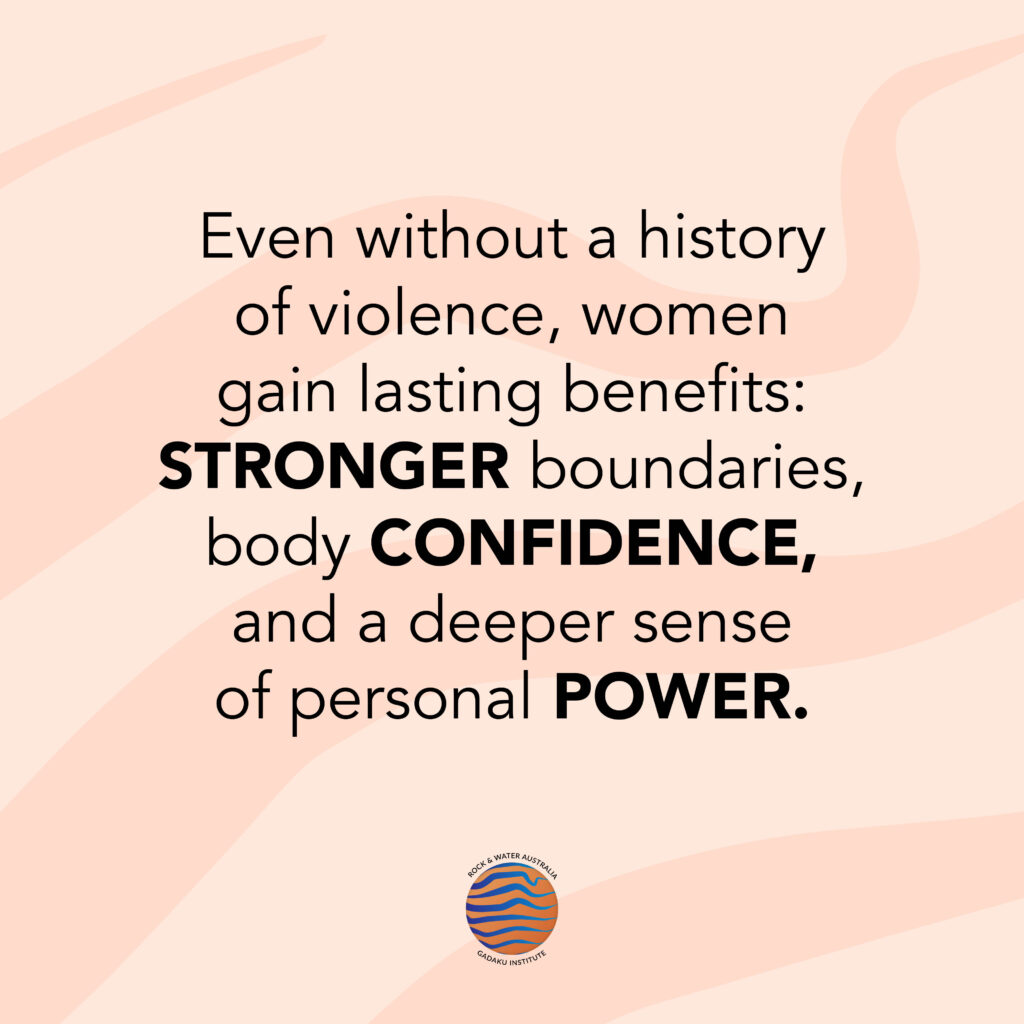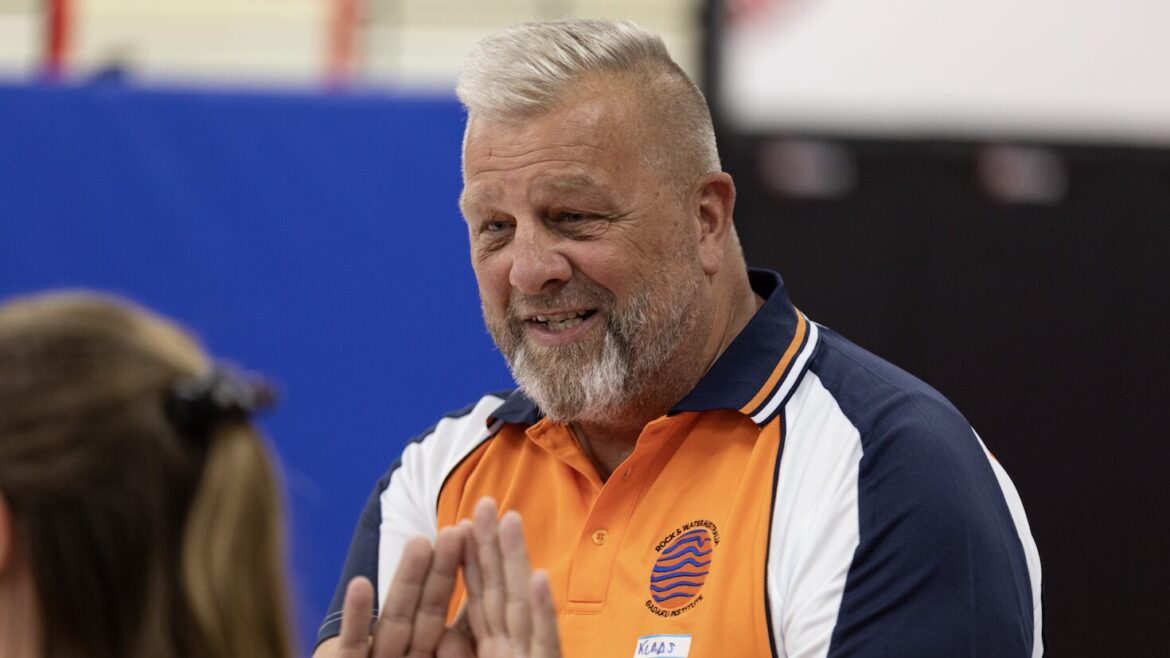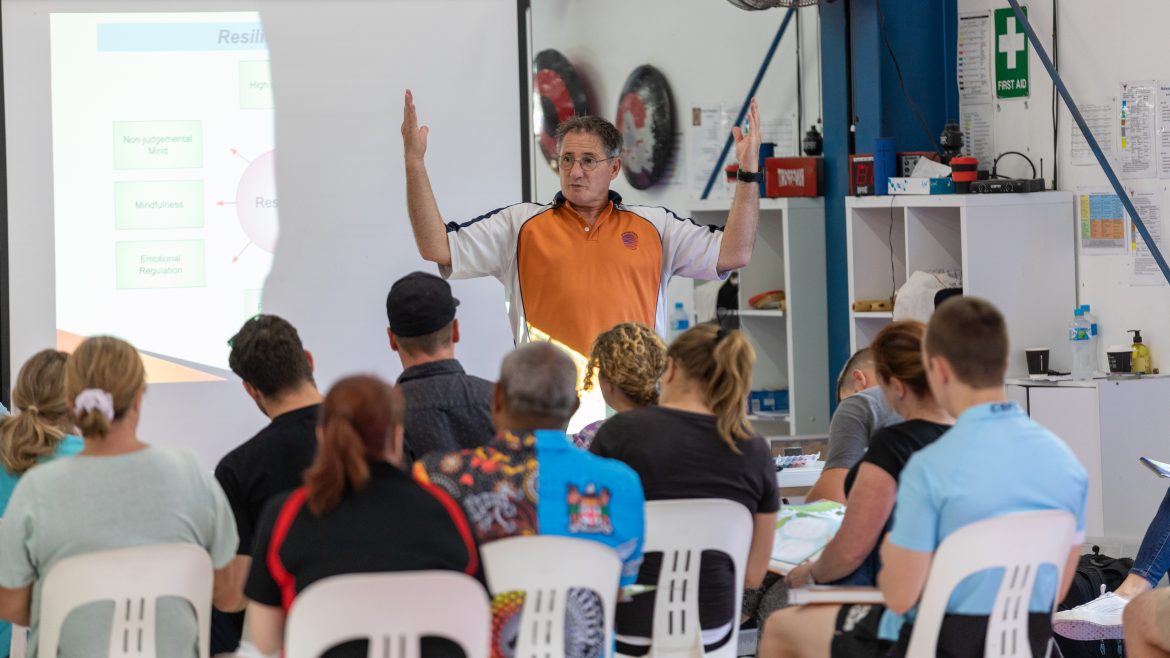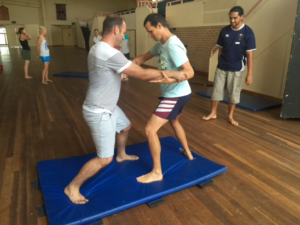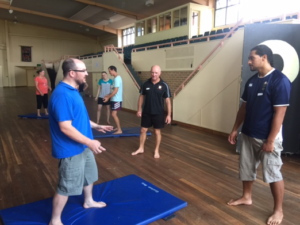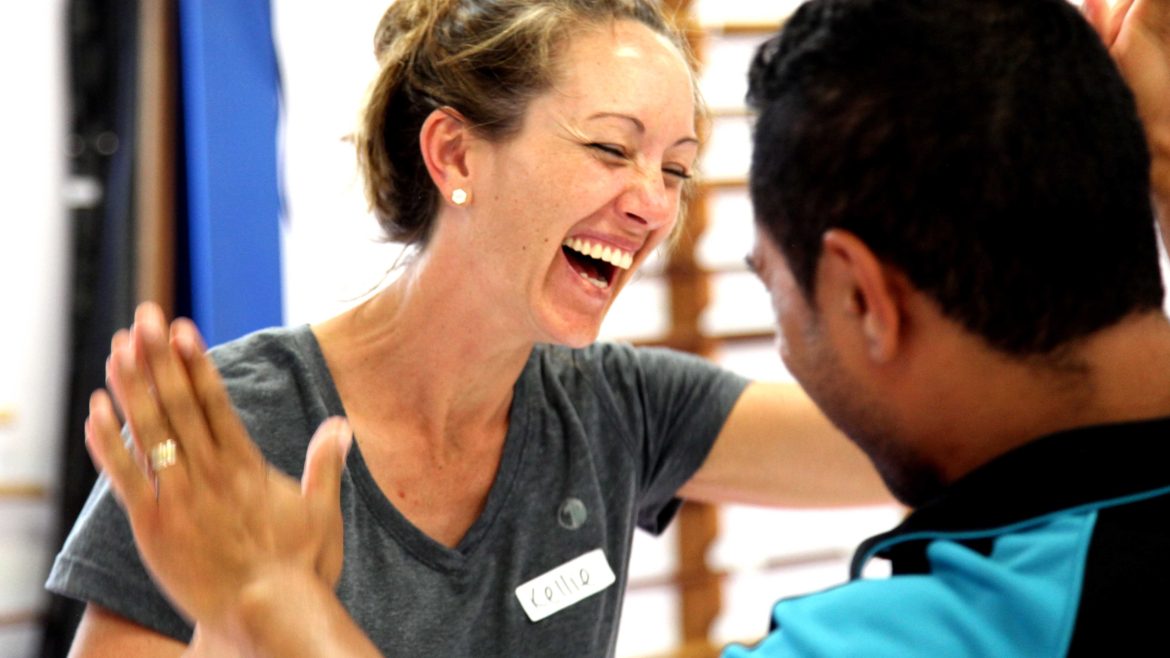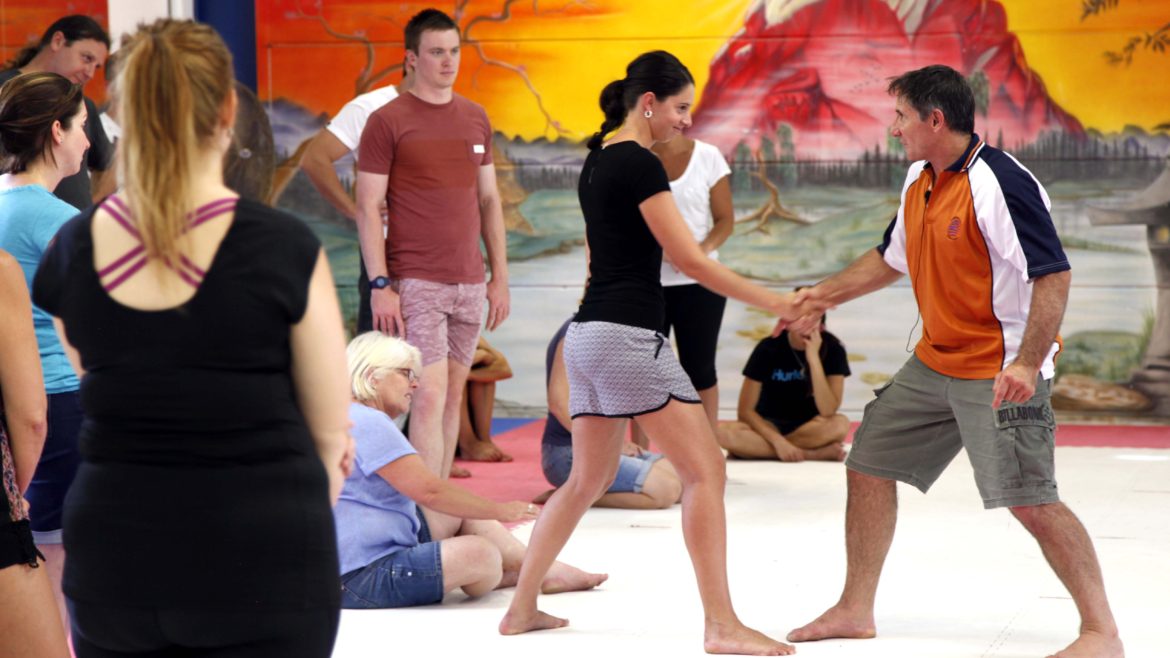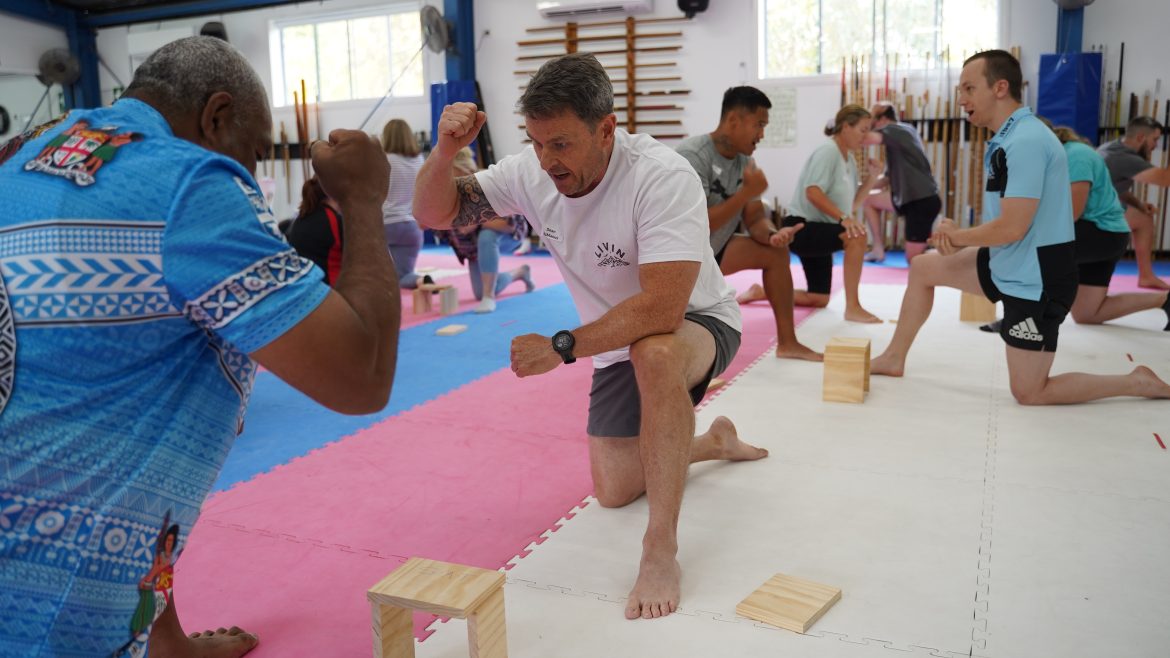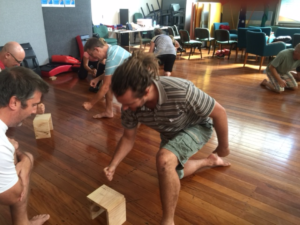International Rock & Water ASD Training Comes to Australia: Learn Directly from Dutch Experts
In February next year, 2026, Australian educators and practitioners have the rare chance to learn Rock and Water Autism Spectrum Disorders (ASD) directly from the source. Dutch Rock and Water Director and Creator Freerk Ykema and skilled Master Instructor Stijn Janssens are travelling all the way from the Netherlands to deliver a specialised two-day ASD workshop, and places are limited.
If you’re already using Rock and Water and want to deepen your skills to better support children, young people and adults on the autism spectrum, this is your workshop.
Why a specialised Rock & Water ASD workshop?
The Rock and Water program is known for its powerful psychophysical approach, using movement, games and physical exercises to build self-awareness, self-confidence and social skills. Participants learn to “stand strong”, regulate their emotions and choose between a Rock (firm, boundary-setting) or Water (flexible, cooperative) response in challenging situations.
For people on the autism spectrum, these skills are just as important, but the way we teach them matters.
The ASD specialisation was developed specifically to support children and adults with autism and related needs to:
- Build self-confidence and a stronger sense of self
- Increase self-control and emotional regulation
- Develop clearer body language and communication
- Reduce anxiety in social and sensory-demanding situations
Because many autistic individuals experience limited body awareness and heightened stress responses, the standard Rock and Water exercises have been carefully adapted. In this ASD workshop, activities are broken down into smaller, more manageable steps and repeated more often to support success, understanding and safety.
What you’ll explore over the two days
This specialised two-day training focuses on applying Rock and Water principles in ways that genuinely work for autistic participants.
Across the workshop, you will:
- Deepen your understanding of Rock & Water’s three core skills – grounding, centering and focusing – and how to adapt these for autistic students and clients
- Learn practical strategies to help participants recognise when they are going “too Rock” (shutting down, pushing back, using force) or “too Water” (overly compliant, people-pleasing, avoiding), and discover balanced alternatives
- Practise step-by-step, ASD-friendly versions of familiar Rock & Water games and exercises
- Explore ways to lower anxiety through clear structure, predictable routines and sensory-aware practice
- Connect Rock & Water language with the everyday contexts of school, home, therapy and community settings
- You will also be introduced to material from the dedicated ASD manual, developed by Freerk Ykema and his team, which includes successful strategies, dozens of new exercises, and up-to-date information about ASD.
Why learning from Dutch trainers Freerk and Stijn matters
Rock and Water was originally developed in the Netherlands and is now implemented internationally across schools, youth services, and therapeutic settings.
Freerk and Stijn are highly experienced Dutch trainers who work at the heart of the program’s ongoing development. Through their work in the Netherlands, they train and mentor Rock & Water practitioners across Europe and beyond, contribute to specialised courses including the ASD specialisation and associated manuals, and bring a deep understanding of how Rock & Water has evolved over time, as well as how it is being used with autistic children, adolescents and adults in diverse cultural contexts.
Having them travel from the Netherlands to Australia for this workshop means you are learning directly from international specialists who are closely connected to the origin and ongoing research of the program, not just a local interpretation.
You’ll gain:
- Nuanced insights into why particular adaptations work for autistic participants
- Fresh ideas from Dutch and European practice
- The chance to ask detailed questions about implementation, troubleshooting and program integrity
Who the workshop is for (and why prior training is essential)
This ASD workshop is a specialisation course and is designed for people who are already working with Rock and Water.
To enrol, you must have previously completed the 3-Day Rock & Water Basic Training (or equivalent recognised Rock & Water training).
That prerequisite isn’t about gatekeeping; it’s about quality and safety. Because you already understand Rock & Water language, principles and core exercises, and are familiar with using Rock & Water in your school, service, or clinical setting.
Because you have experience translating the program into your own practice the two-day ASD workshop can go much deeper, much faster.
Instead of spending time on the basics, you’ll focus on:
- Fine-tuning and adapting your existing skills
- Exploring more complex scenarios and behaviours
- Designing ASD-inclusive Rock & Water sessions, you can take back to your context immediately
If you haven’t yet completed the basic training but are interested in ASD specialisation, now is the perfect time to plan your 3-Day Rock & Water workshop so you’re ready for future ASD offerings.
Why this training matters right now
Across Australia, more autistic students and clients are being recognised and supported, but many educators and practitioners still feel under-resourced when it comes to practical, movement-based strategies that build independence and emotional regulation.
The Rock & Water ASD workshop directly addresses this need by giving participants concrete, physical tools to support self-regulation and social understanding, offering a strengths-based framework that honours the person’s identity while expanding their choices, and providing a shared language, Rock, Water, grounding, centering, and focusing that can be used consistently across staff teams, families, and services.
Because this particular workshop is being delivered by Freerk and Stijn, you’ll also be contributing to stronger links between Australian and Dutch practice, building a richer, more connected Rock & Water community for autistic people and those who support them.
Places for this two-day Rock & Water ASD workshop are intentionally limited to maintain a highly practical, interactive learning environment.
